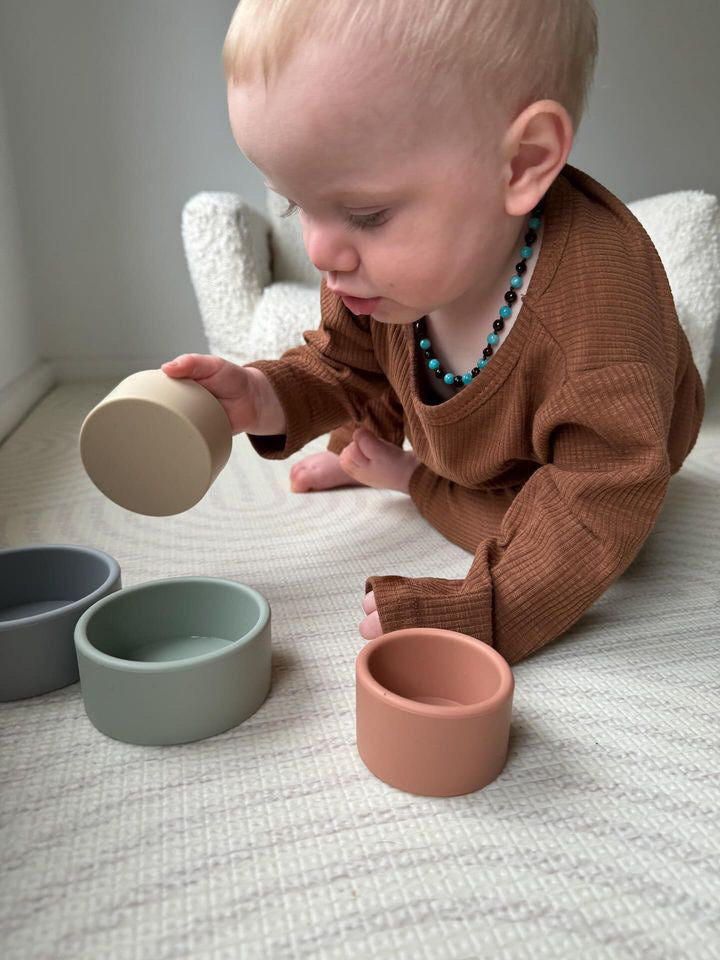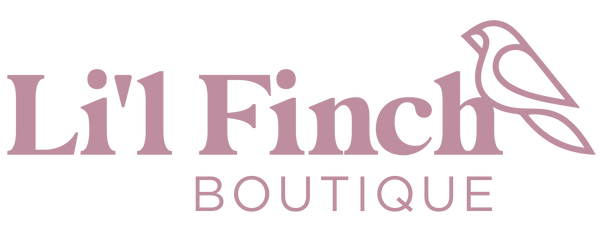
Why Silicone Dinnerware and Educational Toys Are the Smart Choice for Kids
Anne-Marie BirdShare
As parents, we're constantly making decisions with our children's health, development, and future in mind. From what they eat to how they play, every choice matters. That’s why more families are turning to silicone dinnerware and educational toys—not just as trendy alternatives, but as smarter, safer, and more sustainable solutions.
Here’s why choosing silicone and educational-focused products is a win-win for both kids and parents.
1. Safe & Non-Toxic Materials
Let’s start with what matters most: safety.
Silicone dinnerware is typically made from food-grade, BPA-free, and phthalate-free materials, meaning it won’t leach harmful chemicals into your child’s food. Unlike plastic, it doesn't crack, chip, or degrade easily—even after many rounds in the dishwasher, microwave, or freezer.
The same goes for many high-quality educational toys, which are often made from non-toxic silicone or wood, specifically designed for teething babies and curious toddlers who love to explore with their mouths.
Smart choice: You get peace of mind knowing your child is using materials that are safe and gentle on their body.
2. Durability That Matches Their Energy
Kids are anything but gentle—and that’s perfectly okay when your dinnerware and toys can keep up. Silicone is:
- Shatter-proof (unlike ceramic or glass)
- Resistant to extreme temperatures
- Flexible and soft (great for little hands and clumsy tosses)
Educational toys made from silicone or sturdy wood are built to last, even through multiple siblings, messy playtimes, and the occasional tantrum.
Smart choice: No more worrying about broken dishes or snapped plastic toys. These are investments that actually last.
3. Encouraging Independence & Motor Skills
Silicone plates and cups often feature easy-grip handles, suction bases, and soft edges, helping babies and toddlers learn how to feed themselves safely. This boosts fine motor skills, hand-eye coordination, and confidence during mealtime.
Educational toys take that a step further by introducing age-appropriate learning through play. From stacking cups and shape sorters to sensory tiles and puzzles, these toys:
-
Stimulate cognitive development
-
Improve problem-solving skills
-
Foster creativity and imagination
Smart choice: These tools support your child’s development at every stage, turning everyday moments into learning opportunities.
4. Easy to Clean (and That’s a Win for Everyone)
Let’s be honest—parenting is messy. The last thing you need is dinnerware or toys that take forever to clean.
Silicone is naturally non-stick and dishwasher safe, which means food (even the crusty kind) washes right off. Educational toys made from silicone or sealed wood are also easy to wipe down or rinse—especially important for germy hands and teething mouths.
Smart choice: Spend less time scrubbing, more time playing (or catching a break—you’ve earned it!).
5. Eco-Friendly and Sustainable
By choosing silicone and educational toys, you’re also making a more sustainable choice. High-quality silicone lasts longer than plastic and doesn’t break down into harmful microplastics. Many educational toys are made from renewable or recyclable materials, minimizing environmental impact.
Smart choice: Teaching your child to care about the planet starts with the choices we make at home.
Silicone dinnerware and educational toys aren’t just stylish—they’re thoughtfully designed to support your child’s safety, growth, and happiness. In a world full of options, choosing products that check all the boxes (safe, durable, educational, and eco-friendly) just makes sense.
Whether you're building a baby registry or upgrading your toddler’s essentials, silicone + educational = a smart combo that your child—and your future self—will thank you for.
We're hear to help, drop us a message anytime.
Anne-Marie X
